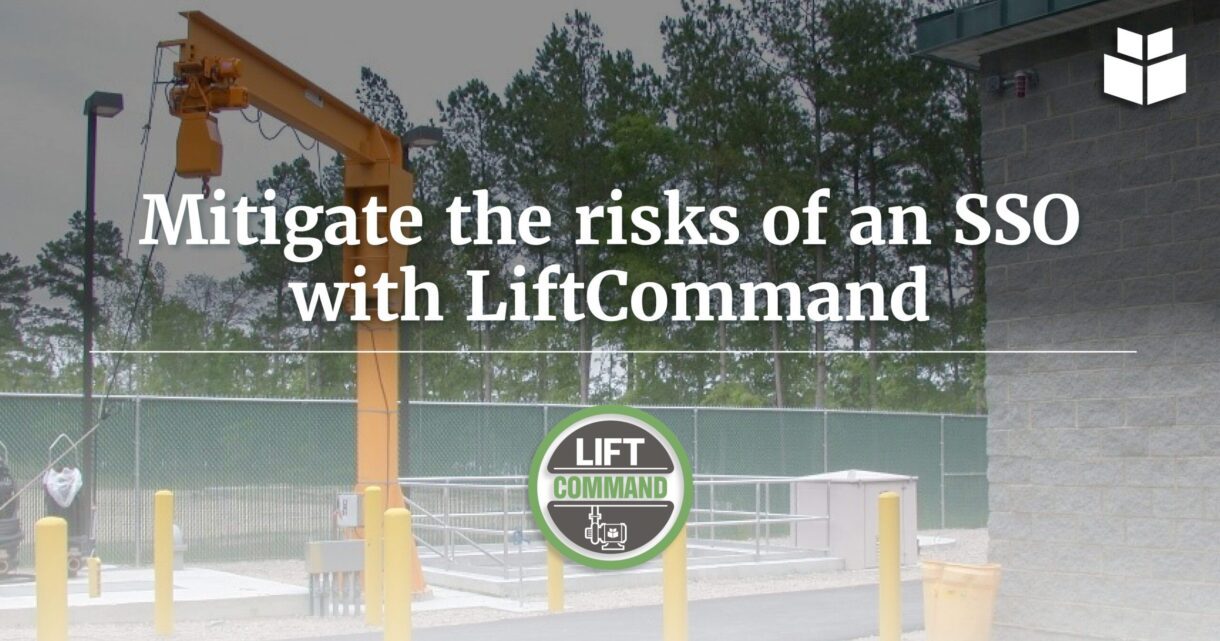
A sanitary sewer overflow (SSO) is as messy as it sounds: it’s a release of untreated or partially treated sewage from a municipal sanitary sewer system. And it requires painstaking efforts to remedy the problem when it happens to sewer systems under your management. While SSOs can occasionally occur in almost every sewer system, SSOs that happen frequently are a sign that something is wrong with your sewer system.
Per the Environmental Protection Agency (EPA), common causes for SSOs include the following:
- Inappropriate materials sent to the sewers
- Tree roots entering through defects or openings in a sewer line
- Leaky sewers, where stormwater, groundwater, and snowmelt enter the system through cracks and faults or loose joints
- Inappropriate connections to sources of water such as sump pumps, roof leaders, foundation drains, and area drains
- Improper or inadequate maintenance and cleaning of sewers
- Inadequate pump maintenance and lack of backup power
- Undersized sewers and/or pumps
- Equipment failures and breaks
While it’s tough to plan for the unexpected curveballs that Mother Nature likes to throw, many SSOs are avoidable with adequate maintenance, knowledge of system capacity, and proper system design and construction. Failure to act proactively can result in environmental damage to the surrounding water systems when an SSO occurs. Not only that, but the costs to remediate such occurrences are highest in communities that do not have regular preventative maintenance or asset protection programs.
Many small and mid-sized communities are reliant on paper and/or spreadsheet-based flow tracking to calculate the capacity of their sanitary sewer systems. While this method does meet the minimum legal requirements for system operation, it can be a headache to deal with when an SSO has occurred—who wants to rummage through a file cabinet during an emergency? Instead, simplify the process with the help of LiftCommand.
LiftCommand is a web-based tool designed by WithersRavenel’s Innovation Team specifically for lift station and sewer system operators, managers, and utilities directors to track your sanitary sewer system, verify permit compliance, and plan for sustainable growth. With LiftCommand, you can view the impacts of proposed development on your sewer system. Simply enter the proposed flow to see if you have capacity throughout your system—without needing complex sewer modeling software.
Because LiftCommand tracks your wastewater treatment plants, lift stations, and the connections between them, any potential capacity issues are clearly highlighted. For gravity sewer systems, further system evaluation is required outside of LiftCommand. At the end of the day, gaining insight into your sewer systems through LiftCommand can help you take the necessary preventative steps to mitigate the risk of an SSO.
Visit the LiftCommand website for more information about benefits, levels of service, and pricing tiers.
